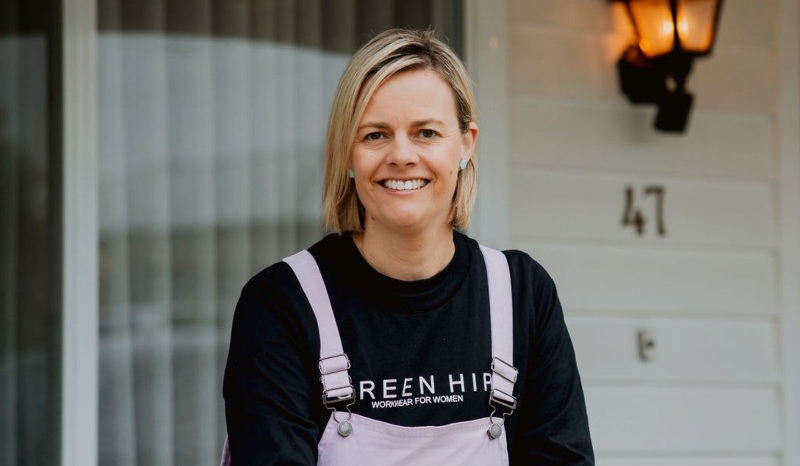Unlocking Peace of Mind: The Hidden Truth Behind After-School Care Costs and Benefits
- Written by The Times

Introduction
In today's fast-paced world, parents juggle numerous responsibilities, including work, household chores, and ensuring their children receive the care and support they need. For many families, after-school care programs, such as Out of School Hours (OOSH) care, provide a lifeline, offering a safe and structured environment for children during the crucial hours after the school day ends. However, the decision to enroll a child in OOSH care involves considerations of both costs and benefits. In this article, we'll delve into the hidden truths behind after school care cost and benefits, with a particular focus on OOSH programs. By uncovering these insights, we aim to provide clarity and peace of mind to parents navigating the after-school care landscape.
Understanding Out of School Hours (OOSH) Care
OOSH care refers to programs and services that cater to children outside of regular school hours, including before and after school, as well as during school holidays and vacation periods. These programs are typically offered by schools, community centers, or private providers and are designed to provide a safe and stimulating environment for children while their parents are at work or otherwise occupied. OOSH care often includes a range of activities, such as homework assistance, sports and recreational activities, arts and crafts, and supervised free play. By offering structured and supervised care, OOSH programs aim to support children's academic, social, and emotional development while providing peace of mind to parents.
The Costs of OOSH Care
While OOSH care offers numerous benefits, it also comes with associated costs that parents must consider when making childcare decisions. The after school care cost can vary depending on several factors, including the location of the program, the duration of care required, and the services and amenities offered. Generally, OOSH programs charge fees on a per-session or per-term basis, with rates typically ranging from a few dollars to several hundred dollars per week, depending on the provider and location. Additional costs may include registration fees, late pickup fees, and fees for extracurricular activities or special events. For many families, the cost of OOSH care can represent a significant portion of their household budget, making it essential to carefully assess affordability and explore potential financial assistance options.
The Benefits of OOSH Care
Despite the costs involved, the benefits of OOSH care are numerous and far-reaching, both for children and their families. Some of the key benefits of OOSH care include:
Academic Support
One of the primary benefits of OOSH care is the academic support and enrichment opportunities it provides for children. OOSH programs often offer homework assistance, tutoring, and educational activities that reinforce classroom learning and help children develop essential academic skills. These programs create a structured and supportive environment where children can complete assignments, engage in educational projects, and explore their interests in subjects like math, science, language arts, and more. By providing academic support and enrichment, OOSH care programs contribute to children's academic success and confidence in their abilities.
Socialization Opportunities
In addition to academic support, OOSH care offers children valuable opportunities for socialization and peer interaction. After-school programs bring together children from diverse backgrounds and provide a space for them to form friendships, collaborate on projects, and participate in group activities. Through socialization, children learn important social skills such as communication, cooperation, empathy, and conflict resolution. These skills are essential for building positive relationships, navigating social situations, and thriving in school and beyond. OOSH care programs create a supportive community where children feel valued, respected, and connected to their peers.
Enrichment Activities
OOSH care programs offer a wide range of enriching and engaging activities that cater to children's interests and preferences. From sports and outdoor play to arts and crafts, music, drama, and more, OOSH programs provide opportunities for children to explore their passions, develop new skills, and discover hidden talents. These activities promote creativity, critical thinking, problem-solving, and self-expression, enhancing children's overall development and well-being. OOSH care programs create a dynamic and stimulating environment where children can learn and grow in fun and exciting ways.
Safety and Supervision
OOSH care programs prioritize the safety and well-being of children, providing a secure and supervised environment where children can learn, play, and grow. Trained staff members oversee activities, enforce safety protocols, and ensure that children follow rules and guidelines. This level of supervision gives parents peace of mind knowing that their children are in a safe and nurturing environment while they are at work or otherwise occupied. OOSH care programs adhere to strict safety standards and protocols to ensure that children are protected from potential risks and hazards. By providing a safe and supervised environment, OOSH care programs create a sense of security for children and families alike.
Convenience for Working Parents
One of the significant benefits of OOSH care is the convenience it offers for working parents. OOSH programs typically operate during the critical hours after school ends and before parents return home from work, providing a seamless transition for children from school to after-school care. This continuity in care allows parents to focus on their work responsibilities without worrying about childcare arrangements or supervision for their children. OOSH care programs accommodate parents' work schedules and provide a reliable and consistent childcare option that supports workforce participation and economic stability for families..
Navigating the Costs and Benefits
Navigating the costs and benefits of OOSH care requires careful consideration and planning on the part of parents. Here are some tips for navigating this decision-making process:
Assess Your Needs
Consider your family's schedule, budget, and childcare needs when evaluating OOSH care options. Determine the level of care and support your child requires and assess whether OOSH care aligns with your family's values and priorities.
Research Providers
Take the time to research different OOSH care providers in your area, including schools, community centers, and private providers. Compare program offerings, costs, and reviews from other parents to find the best fit for your child and family.
Explore Financial Assistance
Investigate potential financial assistance options, such as government subsidies, scholarships, or sliding scale fees, that may help offset the cost of OOSH care for your family. Many programs offer financial assistance to families in need, so don't hesitate to inquire about available resources.
Communicate with Providers
Reach out to OOSH care providers to discuss your family's needs and concerns. Ask questions about program offerings, fees, and any available discounts or payment plans. Open communication with providers can help ensure that your child receives the care and support they need while accommodating your family's budget and schedule.
Consider Long-Term Impacts
Consider the long-term impacts of OOSH care on your child's development, academic success, and well-being. While the costs of OOSH care may be significant in the short term, the benefits of quality childcare can have a lasting and positive impact on your child's future.
Conclusion
In conclusion, OOSH care plays a vital role in supporting children's development and empowering families to balance their work and family responsibilities. While the costs of OOSH care may present challenges for some families, the benefits of quality childcare are undeniable. By understanding the costs and benefits of OOSH care and exploring strategies for navigating this decision-making process, parents can make informed choices that best meet the needs of their children and families. Ultimately, investing in quality OOSH care is an investment in the future success and well-being of our children, our families, and our communities.














